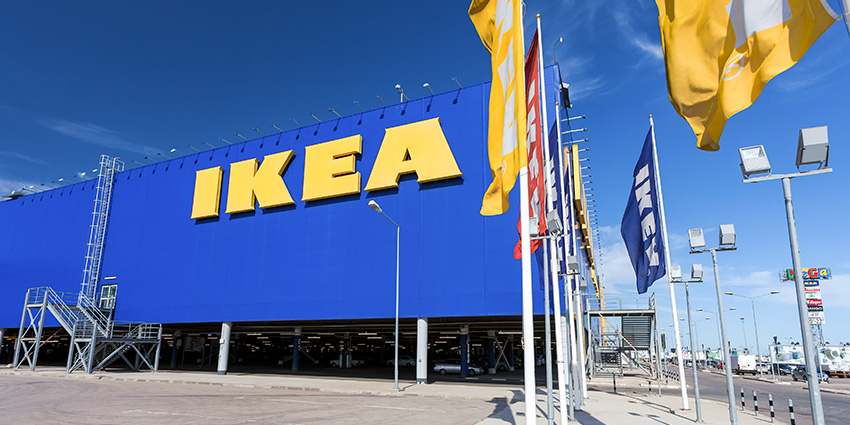RingCentral has become the latest major vendor to target UCaaS-CCaaS convergence, announcing a new “Customer Engagement Bundle” for RingEX.
The move highlights how unified communications and contact center capabilities are fast becoming inseparable.
The new package combines the calling and collaboration tools of RingEX with customer engagement features such as advanced queue management and a shared SMS inbox, creating what RingCentral calls a “lightweight contact center” experience.
“Over a million users rely on RingCentral RingEX as a lightweight contact center, enabling employees to respond to customers alongside everyday work,” said Kira Makagon, President and COO of RingCentral.
“The future is customer-centric — uniting AI, unified communications, and contact center capabilities.
“With the Customer Engagement Bundle, we’re empowering every organization to deliver experiences that build loyalty, boost efficiency, and drive growth.”
The move positions RingCentral squarely in the emerging space where UCaaS, CCaaS, and even CPaaS intersect.
As Denise Lund, Research Director at IDC, noted, “RingCentral’s CE Bundle exemplifies the integrated UC-CE convergence that IDC identifies as one of the fastest-growing segments in business communications.”
That convergence, Lund added, “addresses a critical gap for organizations that need robust customer engagement capabilities without full contact center complexity.”
UCaaS and CCaaS: From Integration to Convergence
For years, vendors have promoted integrations between UC and contact center systems. But now, as RingCentral’s announcement underscores, the focus is shifting toward true convergence: a single platform for both employee and customer communications.
Microsoft made a similar move earlier this year when it confirmed the general availability of Teams Phone extensibility for the Microsoft Dynamics 365 Contact Center.
The feature allows both platforms to share the same voice infrastructure, simplifying deployments and streamlining billing.
By consolidating systems, companies like Sweden’s Sveriges Lärare – anearly adopter of Teams Phone extensibility for the Microsoft Dynamics 365 Contact Center – have reduced operational complexity and empowered agents to collaborate directly with subject matter experts.
Christopher Ehlo, Sveriges Lärare’s Tech Lead, claimed that “by consolidating our telephony on one platform with Teams Phone and Dynamics 365 Contact Center, we’re reducing complexity and improving operational efficiency.”
Microsoft itself has described such moves as “essential for modern service delivery”, arguing that the lines between CCaaS and UCaaS are “vanishing fast”.
These developments mark a shift in how businesses think about communications infrastructure.
What was once a clear division between “front office” customer service and “back office” collaboration is rapidly dissolving.
The Enterprise Perspective
William Rubio, Chief Revenue Officer at CallTower, believes this convergence of UCaaS and CCaaS is being driven as much by employee expectations as by customer demand.
Indeed, speaking in an exclusive interview with CX Today from earlier this year, he said:
“There was always a big real focus on the customer side of the house. And I think ever since the pandemic, it’s changed, and now it’s really about what can we do to solve the business outcomes of our customers.
“What are the tools that we’re able to go ahead and give to our employees… to make it a win-win solution for both?”
Rubio added that the integration between UCaaS and CCaaS is “very critical” because contact center agents are increasingly pulling in colleagues from outside the contact center.
This concept, often referred to as swarming, has been a key selling point for Microsoft’s Dynamics-Teams integration and now finds a counterpart in RingCentral’s bundled approach.
Both vendors are responding to the same enterprise need: a seamless way for employees to collaborate across roles and deliver consistent customer outcomes, regardless of channel.
A Convergence Milestone
The RingCentral CE Bundle may not represent a full contact center overhaul, and in many ways, that’s precisely the point.
Many businesses don’t need the complexity of enterprise-grade CCaaS, but they do need to ensure customer conversations aren’t missed.
In that sense, RingCentral’s latest release serves a growing middle ground: organizations looking for customer engagement capabilities embedded directly within their everyday communications environment.
When taken alongside Microsoft’s moves and the broader market sentiment echoed by CallTower’s Rubio, it appears that the long-discussed convergence of UCaaS and CCaaS is no longer just a theory; it’s happening, and it’s reshaping how enterprises design their customer and employee experience strategies.







